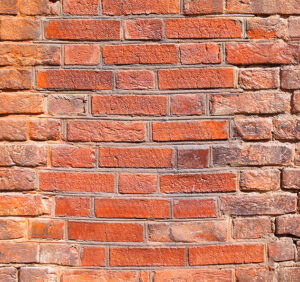Masonry Restoration
Charleston Masonry restoration is a process that extends the life of brick, stone, and other types of masonry. It also helps to improve the appearance of a building and protects it from future damage.
It involves repairing cracks and crumbling mortar in a building’s masonry. It’s a common practice, but it can be tricky and requires specialized skills.
Repointing is a key part of masonry restoration. It’s a way to keep brick walls strong and prevent future damage by replacing old mortar with fresh, durable material.
Repointed mortar is a critical structural component of masonry that keeps individual masonry units (bricks and stone blocks) in place, distributes weight, and helps wick away moisture. It also adds a nice finish to your home’s exterior that makes it look more attractive.
You might need repointing if the old mortar is crumbling, cracking, or chipping. It can also help your building avoid water damage and mold buildup.
If you are worried about the integrity of your property, call a masonry contractor to assess the damage and determine the best repair method. Whether you have a damaged chimney or a damaged wall, repointing is a simple and cost-effective way to improve your building’s appearance and increase its value.
Masonry contractors may use different methods to repoint your bricks. Some use a technique called tuckpointing that imitates the rubbed effect of red bricks.
Others rely on traditional repointing techniques that involve hand raking the surface to remove excess mortar and replacing it with new mortar. This method allows a larger percentage of degraded mortar to be replaced than tuckpointing does, which results in a stronger wall.
The type of repointing your contractor uses is important to the outcome of your project. If they use the wrong mix of materials, the new repointed mortar will not be compatible with your home or building’s original masonry.
For repointing historic brickwork, a lime-based product that has high compressive strength is ideal. Lime-based mortar is not only more durable, but it will also add a beautiful, natural finish to your brickwork that will stand up to the elements for years to come.
A repointing team will also ensure that the new mortar is a match for your building’s existing masonry. This is especially important if your property is in a historic district or is located in a conservation area.
Repointing can be a challenging task, so it’s important to hire professionals who know what they’re doing. They will be able to complete the job quickly, accurately, and safely.
Many homes, especially those built with bricks and stone, experience cracking and crumbling in their mortar joints over time. These cracks and mortar joints can be repaired, but the process should be done with care to avoid damaging the wall and compromising its integrity.
First, identify the root cause of the cracking and crumbling. If the cracks are caused by the foundation settling, you’ll need to have that problem corrected before fixing the mortar.
If your cracks are due to age deterioration or general wear and tear, you can fix them using a masonry repair technique called tuckpointing. It involves removing the outer layer of mortar and replacing it with color-matched mortar to boost the wall’s structural integrity.
It’s important to finish the new mortar joints with an appropriate texture. This can be achieved with a mortar brush or with a tuck pointer, a tool that rakes back the joint a few inches from the brick surface.
You’ll also need to use a masonry chisel or an old flat-head screwdriver to remove the cracked mortar in between the bricks. Be careful not to damage the bricks, and don’t go deeper than 1.5 – 2 cm into the wall.
Mortar joints erode as they’re exposed to weather, climate, soil moisture, and temperature variations. This causes the mortar to soften, allowing water to penetrate the wall and crack it.
Fortunately, this doesn’t happen very often with the kind of brick-and-mortar used in most older structures. When it does, it’s important to get the problem addressed quickly before the brick-and-mortar degrades further.
Some factors can lead to cracking in a masonry structure, including expanding and contracting the foundation, drying shrinkage of the bricks or stone, the movement of building materials, or the corrosion of steel and iron reinforcements. Masonry designers can accommodate movements by using control joints, expansion joints, and joint reinforcement.
